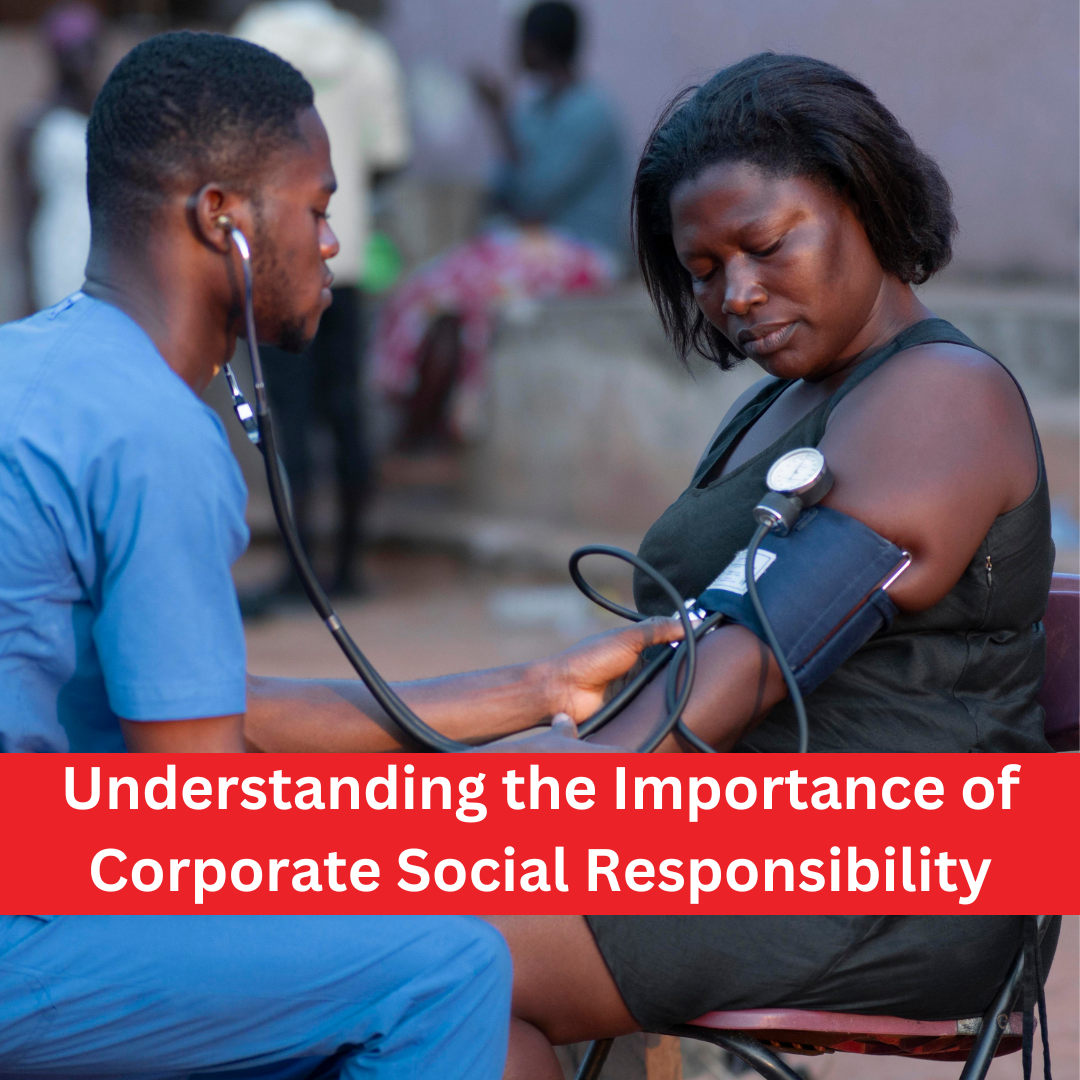Benefits of Occupational Health
Occupational Health has several benefits that include increased productivity, lower absenteeism, better workplace relationships, less workplace injury, fewer disciplinary actions, etc. Occupational Health focuses on preventing injuries before they occur by identifying risk factors that may lead to injury or illness. Workplace injuries cost a lot of money for any business. Employers have been investing more resources into initiatives aimed at improving occupational health.
What is occupational health and safety?
Occupational health and safety (OHS) is a concept involving a variety of practices designed to safeguard people against factors that may cause illness, injury, or death related to work. These factors may be physical, chemical, biological, or otherwise.
The Occupational Health and Safety Act in Nigeria
As an affirmation that safe working conditions are essential to attaining social justice and economic growth, the Federal Government of Nigeria ratified International Labour Organization’s ILO Convention No. 155 on Occupational Safety, Health, and Working Environment in 1994. According to Article 17.3.c of the 1999 Nigerian Constitution (as amended), the government ensures and protects the health, safety, and welfare of all employees; the National Industrial Court of Nigeria Act and the OSH Policy make this law.
Major legislation that has been enacted to provide for the safety and health of the workforce include:
- Employees’ Compensation Act, 2010: The employees’ Compensation Act, Cap. It makes comprehensive provisions for the payment of compensation to workers who are injured at work or suffer occupational diseases.
- Nigerian Minerals and Mining Act, 2007: To regulate all aspects of the exploration of solid minerals in Nigeria, this act repeals The Nigerian Mineral and Mining Act CAP 912, LFN 2004. In Nigeria, they divided the Solid Mineral Exploration Act into four (4) Chapters with different Numbers of Parts guiding different aspects of the exploration of solid minerals. The thematic areas of the different Chapters are Chapter 1 –Minerals, prospecting, mining, and quarrying; Chapter 2 – Small scale mining; Chapter 3 – Possession and purchase of minerals; and Chapter 4 – Environmental considerations and rights of host communities.
- Nigerian Nuclear Safety and Radiation Act, 1995: This is an Act enacted to establish the Nigerian Nuclear Regulatory Authority (NNRA) whose functions shall include the control and regulation of the use of radioactive substances, material, and equipment emitting and generating ionizing radiation.
There are also enacted laws that guide occupational safety and health in the country, including:
- Nigeria Basic Ionising Radiation Regulations, 2003: This Regulation guides implementing the Nigerian Nuclear Safety and Radiation Act, 1995. It specifically speaks to the prevention of excessive doses of exposure to sources of ionizing radiation by workers who work in facilities using these substances.
- Nigerian Radiation Safety in Nuclear Regulations, 2006: This Regulation provides for regulating exposure in using radiation in Nuclear medicine in Nigeria.
- Minerals Oils (Safety) Regulations, 1962: This is a regulation that guides the conduct of work operations in a drilling site for crude oil exploration.
- Lagos State Safety Commission Law, 2011: Lagos State Government enacted this law in 2011 to establish the Lagos State Safety Commission (LSSC) and other related matters. As stipulated by the Law, the Commission has 22 sections that give it powers and authority and enjoin it to carry out its statutory duties. Those who violate the law face penalties.
National system for occupational health and safety in Nigeria
In November 2006, a national occupational health and safety policy was developed.
The goals of the policy are to:
- Help enhance occupational safety and health performance by providing the framework for participatory occupational safety and health protection of workers in all sectors of economic activity, including the most vulnerable.
- Ensure that protecting workers’ rights are under regional and international standards to facilitate sustainable economic growth led by the private sector, thus assisting the competent authority in facilitating an enabling environment and regulating various provisions for the safety, health, and welfare of workers.
The objectives of the policy are:
- To create a general framework for the improvement of working conditions and the working environment.
- To prevent accidents and departures from health arising out of or in work.
- To ensure the provision of occupational safety and health services to workers in all sectors of economic activity.
The policy covers both the formal and informal sectors of the economy. It includes protection for everyone from undue persecution, effective communication, and cooperation amongst all stakeholders; prevention and control of hazards from all forms of occupational exposure provision of health surveillance and emergency medical services; training focusing on occupational safety and health.
Occupational hazards in the health sector

Occupational hazards are found across all jobs in both developed and developing countries. The World Health Organization defines occupational hazards as:
Conditions or agents which may cause harm to workers’ health during their work activity.
However, healthcare workers face the most severe occupational health hazard, they care for patients in the most unsafe occupational setting. Such hazards include physical, chemical, biological, or even psychological, which threaten the lives and well-being of these health workers. Globally, it is estimated that 1 out of 10 health workers experiences sharp injury yearly.
The development of effective interventions to counteract causes of increased prevalence and incidence in the health sector is necessary. Having an awareness of workplace hazards can help reduce your risk of injury or illness. Safety is a big concern for all workers. Be sure to follow OSHA regulations to help reduce accidents. Know what to do if there’s an emergency, keep your body in good shape, work safely around chemicals, understand your legal rights on the job, avoid unhealthy stressors, and much more.
How to Stay Safe on the job as a health worker
While many of us do not work in “risky” environments, health workers are the first responders to any outbreaks and are exposed to hazards that can expose them to outbreak pathogens (in this case COVID-19). It’s important to pay attention to what we can do to protect ourselves from unsafe conditions.
Health workers can stay safe on the job by:
- Participating in occupational health and safety training provided by the employer, besides following established occupational safety and health procedures.
- Assessing and treating patients according to the provided protocols.
- Report suspected and confirmed viral infections and diseases under public health reporting procedures.
- Personal protective equipment should be worn, taken off, and disposed of properly.
- Self-monitor for signs of illness and self-isolate or report the illness to managers if it occurs.
- Where they have reasonable justification to believe that life or health is at risk, they should immediately contact their immediate supervisor.
Health facilities, employers, and managers must ensure all health workers have the right to safety by:
- Assuming overall responsibility to prevent occupational injury and disease.
- Workplace safety and health information and training, including infection prevention and control, as well as instruction on how to use, wear, remove, and dispose of personal protective equipment (PPE).
- Supply sufficient supplies (masks, gloves, goggles, gowns, hand sanitizer, soap and water, cleaning supplies) to healthcare professionals caring for suspected Covid-19 patients or confirmed patients.
- Provide workers with technical updates on COVID-19, provide tools for assessing, triaging, testing, and treating patients, as well as communicate infection prevention and control information with patients and the public.
- Use personal safety and security measures as needed.
- Provide an environment that is blame-free for employees to report incidents involving blood or bodily fluid contacts, and take the steps, including aid for victims.
- Encourage employees to evaluate themselves, report symptoms, and stay at home when they’re sick.
- Consult with health workers on the safety and health aspects of their jobs, and notify the labor inspectorate of any incidents of occupational diseases.
Indicators of OH
Occupational health is a preventive medicine approach, which aims to optimize workplace design or working conditions to allow workers to be healthy. The goal of occupational health programs is not only to reduce disease and injury rates but also to enhance productivity and well-being.
Many examples can help you determine how employers and employees can take what kind of action on an individual level to ensure that they are happy at work. They include:
- Policy development: A successful safety and health program requires a comprehensive policy that not only meets national and international standards but also contributes to the overall performance of your organization.
- Organization—responsibility and accountability: The organization must assign responsible, accountable, and authoritative parties to develop, implement, and execute the safety and health policy. This ranges from ensuring that safety and health is a line management responsibility that is known at all levels to establishing effective arrangements to identify, measure (if possible), control work-related hazards and risks, and promote health.
- Identification and controlling of workplace hazards: This requires careful planning and coordination to be successful. This involves an inspection of the organization using a checklist to identify recognizable and unrecognizable OH hazards and helps you manage workplace risks.
- Emergency prevention, preparedness, and response: Preparing and training employees, employers, managers, and supervisors before an emergency incident plays a vital role in ensuring that employers and workers have the equipment, know where to go, and know how to keep themselves safe when an emergency occurs in the workplace.
- On-site evaluation and surveillance: It is imperative to monitor your safety and health performance regularly all too often, good start and enthusiasm wane, and standards deteriorate. It is the management’s responsibility to establish procedures for monitoring, measuring, and recording safety and health performance.
OH diseases
Occupational diseases are diseases that result from work. Many jobs carry a risk of disease, physical injury, or death, because of working conditions. These may be risks that employees cannot eliminate by themselves, such as exposure to substances that cause certain types of cancer because of their job.
Occupational injury: An occupational injury is a type of personal injury sustained while performing job duties in an employment setting. Work injuries can range from minor cuts, bumps, and bruises to debilitating injuries that end careers and even cost lives. Lost-time injuries require time away from work for recuperation; both short-term disability benefits and long-term compensation pay for lost wages during recovery periods, including training for new skills if applicable.
Major causes include falls, struck by/against incidents, overexertion, and repetitive stress from manual labor. Workers’ compensation insurance covers some costs of medical treatment and temporary disability payments, but it does not guarantee a full replacement of income or provide retraining or rehabilitation services. The most common occupational diseases include:
- Respiratory illnesses.
- Musculoskeletal disorders
- Hearing loss
- Cancer
- Stress and mental health disorders
- Infectious disease
- Tuberculosis
- Chronic obstructive pulmonary disease (COPD)
- Occupational Dermatitis
Setting Up Employees for Occupational Health Success in Nigeria
Having a healthy workplace isn’t just good for employees—it also improves business outcomes. Research shows that workplaces with healthy employees are 12% more productive than their less-well counterparts, while employers offering wellness programs see up to a 30% reduction in absenteeism.
How to Achieve Occupational Health Success?
- Put in place clear policies and practices for occupational health and safety: If you don’t already have them, consult your employee handbook; then ensure that your managers know any new or existing policies and any upcoming changes. Both sides of your organization need to be on board with these initiatives.
- A major factor leading to increased workplace injuries is a lack of employees’ education. The best way to prevent injuries is by setting your employees up for success by educating them on proper work habits.
- Hazards primarily cause occupational health and safety problems. To meet your company’s desired safety outcomes, it is important to identify and assess the hazards in your workplace.
- Adopt a strategy to eliminate or reduce the risk associated with the hazard.
- Your organization’s OHS programs and procedures need to be reviewed, promoted, maintained, and improved. Promoting and evaluating these programs is vital for the ongoing effectiveness of your organization’s safety program.
What are the OH services Medbury provides
Occupational health services are offered by Medbury to organizations that want to integrate occupational health into their employee benefits packages or as a standalone service. In addition to offering on-site occupational health services, Medbury has forged exceptional partnerships with companies that are dedicated to workplace compliance while avoiding unnecessary and costly litigation. We offer a full range of programs that create sustainable results by targeting key risk areas like:
Are you interested in bringing occupational health directly to your workplace? Contact Medbury today!









No Comments